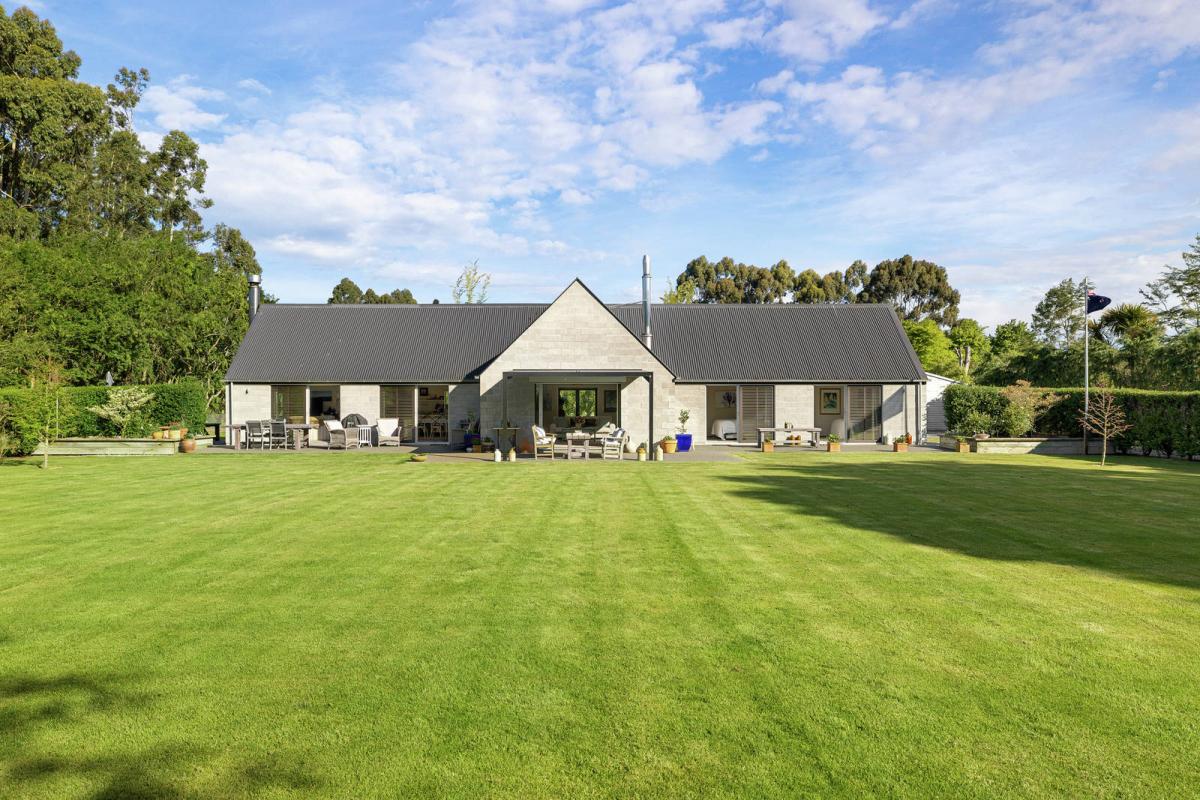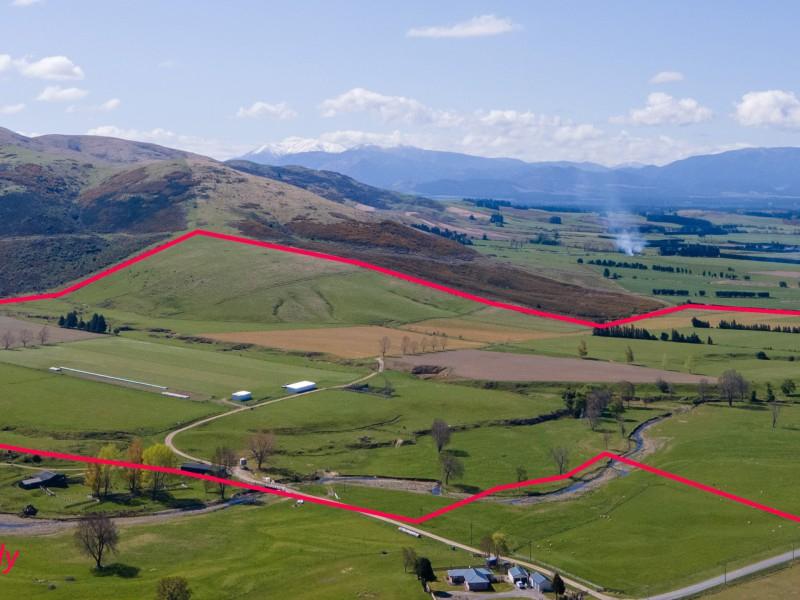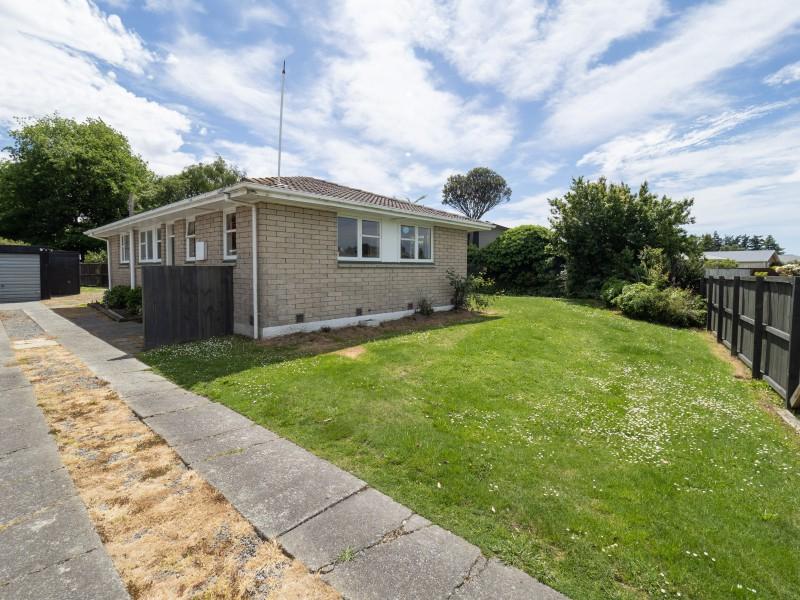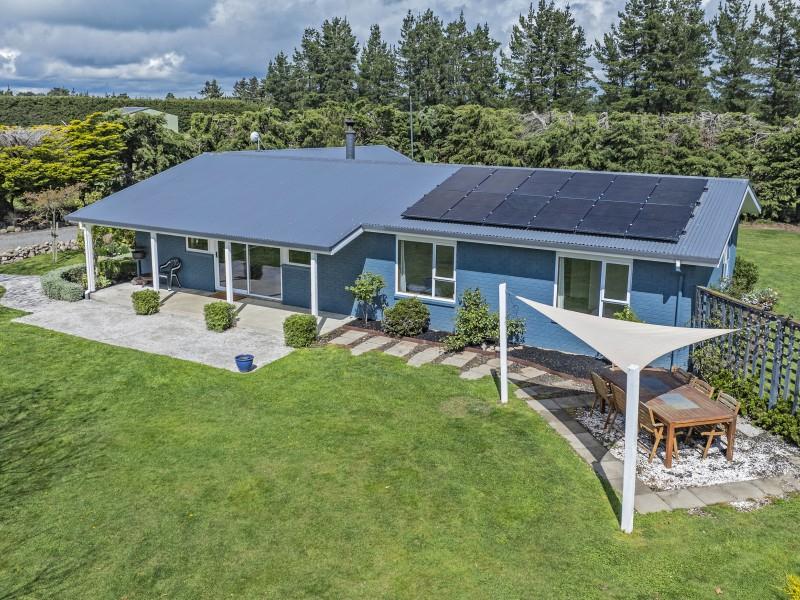Sinking coastlines mean parts of Christchurch will feel impact of sea-level rise earlier than expected
From reporter Tina Law:
Parts of Christchurch will feel the impacts of sea-level rise earlier than expected because the land is sinking, according to new data.
Large areas from Woodend to Lake Ellesmere, including Banks Peninsula, are subsiding up to three millimetres per year, which means an extra 30 centimetres of sea-level rise over the next 100 years.
The data has come from NZ SeaRise, a five-year research programme funded by the Government involving 30 local and international experts.
It has taken into account the natural rises and falls of the country’s coastline, as well as climate change and warming temperatures to project sea level rises.
Using a www.searise.nz... |new online tool|, New Zealanders will for the first time be able to see how much and how fast sea levels will rise along their own stretch of coast and in their neighbourhood.
Programme co-leader Professor Tim Naish, of Victoria University of Wellington, said 20 years ago it was thought sea-level rise was like pouring water into a bathtub – if you put more water in, it rises uniformly around the world, but Naish said it is actually much more complicated.
Sea levels are expected to rise at different rates across New Zealand and even at different levels across Canterbury’s coastline.
The largest increases in sea levels are expected to occur along the southeast of the North Island along the Wairarapa Coast.
Programme co-leader Dr Richard Levy, of GNS Science and Victoria University of Wellington, said subsidence rates along that coast were high, and sea levels could rise by well over 1.5 metres by 2100 if the least optimistic climate change scenario was followed.
Based on current international emissions reduction policies, global sea levels are expected to rise by about 60cm by 2100, but for large parts of New Zealand this could double to about 1.2m due to ongoing land subsidence, Naish said.
“We have less time to act than we thought.”
According to the data, Akaroa on Banks Peninsula would see 30cm of sea-level rise by 2040, instead of 2060. The coastline in the area is sinking by 3mm a year.
“Thirty centimetres of sea-level rise means the one in 50-year coastal storm flood will occur annually,” Naish said.
However, some areas at the top of Lyttelton Harbour have shown a rise in the land.
Land movement data was based on median numbers taken between 2003 and 2011, and does not include the impact of the Christchurch earthquakes.
The data showed New Brighton’s coastline was sinking at 0.8mm a year, but Naish said since the earthquakes it has actually been sinking at 8mm a year, twice as fast as the global sea-level rise.
“We don’t know how long this will go on for.”
Levy said he expected councils and planners to be the primary users of the new projection information, and that the finance and insurance sectors had already been asking for the data.
Naish said the new science would give time to put in place equitable and effective adaptation measures that would limit the impact of unavoidable sea-level rise.
The Christchurch City Council has already embarked on a long process to adapt the city and Banks Peninsula to climate change.
Changes to managing new developments are being made to the district plan and the council has agreed on guidelines for adapting existing areas.
Whakaraupō Lyttelton Harbour will be the first area in Christchurch to go through climate change planning, expected to start in the spring and take 18 months.
Simon Watts, observatory director at Brighton Observatory of Environment and Economics who built his home in Southshore, said it was always better to know about things rather than be ambushed, but said the devil was always in the detail.
He said there were areas in Christchurch that rose after the earthquakes and others that sunk.
“For some areas it could be good news and others it could be bad news.
“Yes, people should be concerned because if parts of New Zealand sink by 3mm a year, that is effectively doubling the rate of sea level rise for those places."
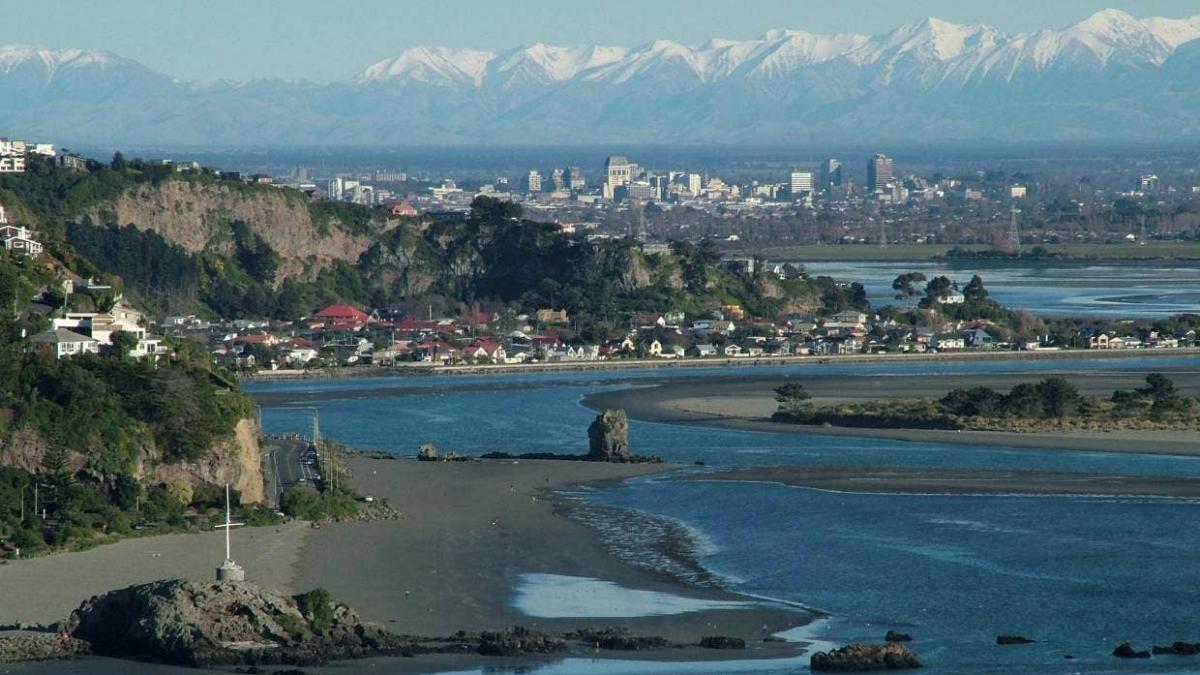
Waimakariri district plan faces more delays amid changing rules
By David Hill, Local Democracy Reporter
Changing Government legislation is causing headaches for council staff, as Waimakariri’s new District Plan is set to be delayed again.
Waimakariri District Council development planning manager Matt Bacon said he was relieved when the last of the public hearings ended last week.
But with final council reports due on December 13, staff will have just two working days to present the final District Plan on December 17. A district plan helps to control and manage the development of the district or city.
‘‘We are working through what it looks like and we will update the council at its meeting on December 3,’’ Bacon said.
‘‘But we will likely seek another extension from the environment minister and the Resource Management Act (RMA) minister.’’
The council first notified its draft District Plan in September 2021, but within months legislation was introduced with new medium density residential housing standards (MDRS).
‘‘We needed to call for further submissions and we had to create a separate hearing panel to consider the plan variations to allow for the MDRS,’’ Bacon said.
‘‘We have tried to merge the process as much as possible, as well as looking at re-zoning and incorporating other new legislation.’’
When the draft plan was first notified there was no National Policy Statement (NPS) for Indigenous Biodiversity, but an NPS was introduced - and then replaced.
The Natural and Built Environment Act came into being last year and then repealed, and then there is the NPS on Urban Development and the Greater Christchurch Spatial Plan.
The Government is now working on more RMA reforms and Environment Canterbury is working on the Canterbury Regional Policy Statement.
And then there is the Fast-Track Approvals Bill, which includes three proposed housing developments in Waimakariri - two of them outside of the future urban development areas identified in the Greater Christchurch Spatial Plan.
All three housing developments in the Bill have been included in submissions to the District Plan, including a proposed 850-home development at Ohoka, near Rangiora, which is also subject to an Environment Court appeal.
‘‘We haven’t seen the detail, so whether it is the same proposals, we don’t know, but they are different processes so we have to just keep doing what we are doing, until we are told otherwise,’’ Bacon said.
‘‘It might just be a timing thing, but we just don’t know.’’
Bacon said delaying the District Plan until new legislation is in place is not an option.
‘‘We are looking at what we can control and having a watching brief, and we will look at transitional timings because we don’t always have to immediately change planning documents when new legislation comes in.’’
Planning manager Wendy Harris said navigating changing Government legislation is a normal part of council planning work.
‘‘If we waited we wouldn’t do anything and we would go nowhere.’’
■ LDR is local body journalism co-funded by RNZ and NZ On Air.
What's your favourite recipe for courgettes?
Kia ora neighbours. If you've got a family recipe for courgettes, we'd love to see it and maybe publish it in our magazine. Send your recipe to mailbox@nzgardener.co.nz, and if we use it in the mag, you will receive a free copy of our January 2025 issue.

The tiger who came to tea
Trays are such a useful item to have in the home – they are obviously great for serving food and drinks, particularly breakfast in bed! Find out how to create your own with Resene wallpaper and Resene Colorwood wood stain with these easy step by step instructions.

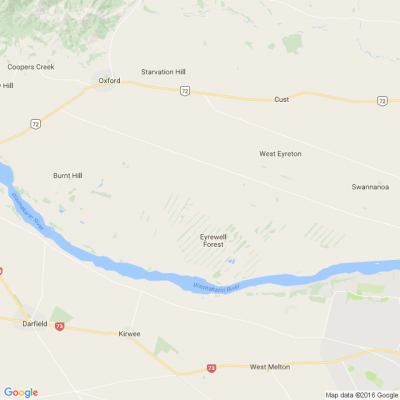
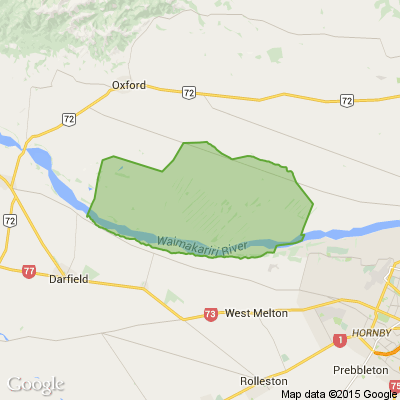







 Loading…
Loading…








